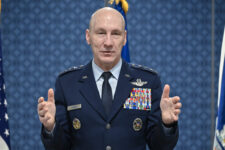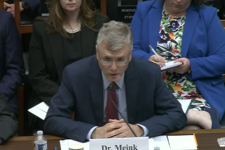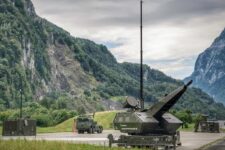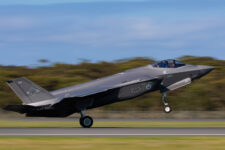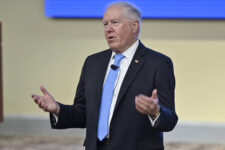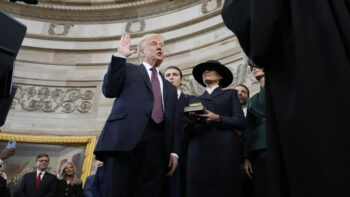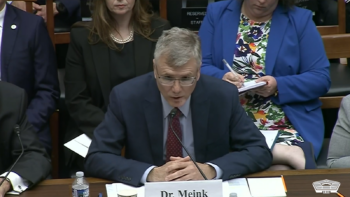
A Marine checks out the M27 Infantry Automatic Rifle (IAR)
QUANTICO MARINE CORPS BASE: The Army wants the other services to endorse its Multi-Domain Battle concept for combined operations across all domains — land, sea, air, space, and cyberspace — against high-end adversaries like Russia and China. The goal is to get a multi-domain concept co-signed by all four branches by October 2019. To get there, the Army has to listen to its sister services and revise its ideas.
So the Army’s thinking of broadening Multi-Domain Battle to multi-domain operations to better capture the complexities of modern conflict. The Chief of Staff of the Army, Gen. Mark Milley, hasn’t reviewed the proposal “yet,” one briefer said this morning at a joint conference here, sounding a little nervous, but “battle” puts the focus on frontline combat. “Operations” better captures the wide range of activities and places involved — from peacetime probes in cyberspace, to deniable “little green men” staging a bloodless coup in Crimea, to electronic deception far from the battlefield.
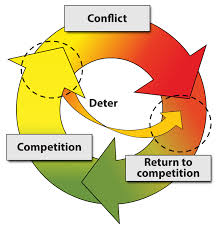 “‘Battle’ is very tactical,” said another participant approvingly. “We’ve got to have a cultural shift.” We need to recognize we’re in conflict right now with great power adversaries, even if we’re not shooting at each other, he said: The US may draw a sharp dividing line between war and peace — the current strategy refers to strategic competition escalating into conflict and deescalating back to competition — but adversaries do not.
“‘Battle’ is very tactical,” said another participant approvingly. “We’ve got to have a cultural shift.” We need to recognize we’re in conflict right now with great power adversaries, even if we’re not shooting at each other, he said: The US may draw a sharp dividing line between war and peace — the current strategy refers to strategic competition escalating into conflict and deescalating back to competition — but adversaries do not.
The Air Force already uses “multi-domain operations,” not battle, another participant noted. (I was permitted to attend on the condition I not identify anyone). The two services are already working together closely, led by Army Training & Doctrine Command’s Gen. Steve Townsend and Air Combat Command’s Gen. Mike Holmes, including joint wargames.
The Army and Marine Corps have collaborated on the concept since the beginning, when the Marines co-signed the original Multi-Domain Battle white paper over a year ago. That’s why today’s inter-service forum was held at Quantico, rather than at an Army facility.
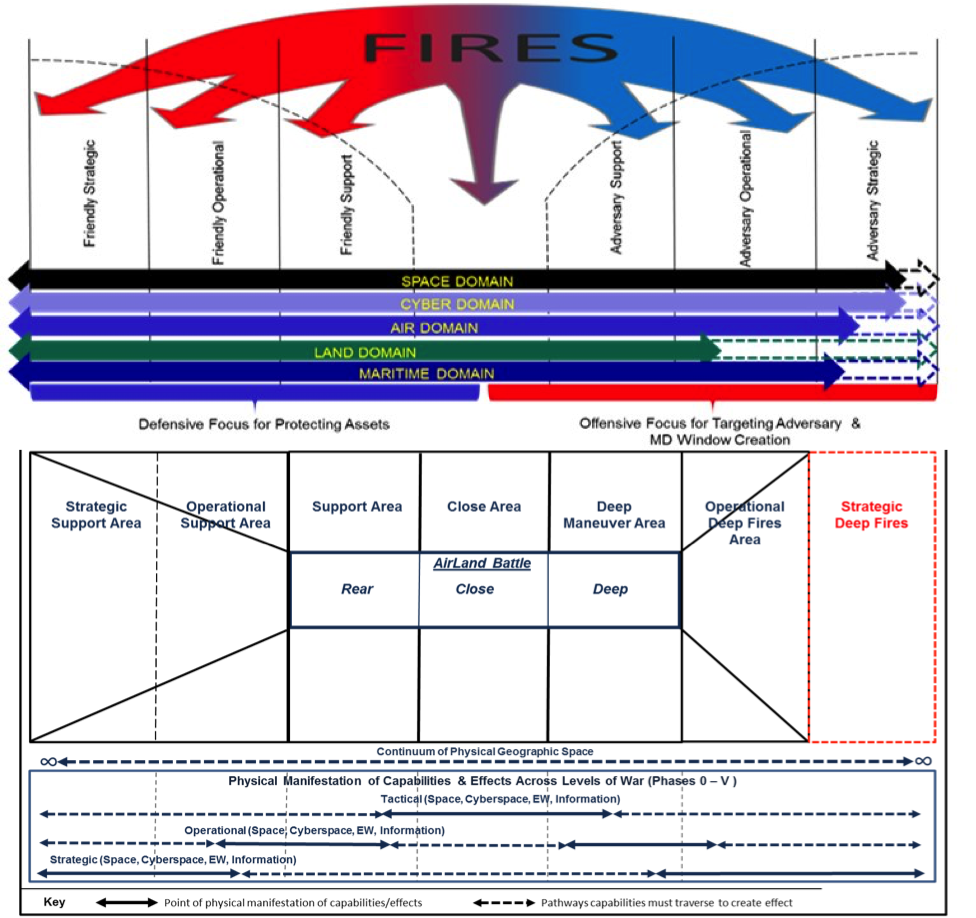
The Army’s battlefield framework for Multi-Domain Battle.
Even the Navy is tentatively putting its toe in the multi-domain waters. Their participation and enthusiasm is notably less than the other three services, with the notable exception of former Pacific Command chief Adm. Harry Harris. But their concepts for distributed lethality and distributed operations are aimed at the same kind of adversary as multi-domain operations, namely a sophisticated nation-state with long-range precision missiles. The Navy’s “distributed” concept also shares some of the same solutions, notably dispersing forces to avoid presenting easy targets and then coordinating them over a long-distance network.
Certainly, the level of joint buy-in contrasts dramatically with the last Army push for an interservice concept, the intriguing but vaguely defined Strategic Landpower effort, where Air Force and Navy participation was non-existent and even the Marines in the room seemed uneasy, not to mention unenthused. That wasn’t the case today.

Army M198 155 mm howitzer
This isn’t just the Army proposing and the other services disposing, either: The Army is listening as well. This morning, for example, one non-Army participant noted a slide that seemed to presume a decisive “close fight” on land between US and enemy ground forces. Maybe we can defeat the adversary through airstrikes and precision missiles, the participant suggested, with ground forces — if they’re present at all — acting mainly as beaters to flush a hiding enemy out into the open for long-range weapons to engage? In the past, saying this at an Army-heavy forum would have triggered at least one impassioned defense of how ground forces are always the deciding factor in war, complete with the T.R. Fehrenbach quote. This morning, the response boiled down to: “you have a point.”
The current full-length Multi-Domain Battle concept, “MDB 1.0” for short, is an Army document (as opposed to the much shorter white paper it sprang from, which has a Marine Corps imprimatur). The revised version coming in October will also be Army-only, briefers explained here, but by October 2019, the goal is to have a document all the services sign.
“At some point,” said one briefer, “probably the Joint Staff takes this over and has complete ownership of this concept.”
“Should this be a joint concept?” said another speaker. “I think it should.”



